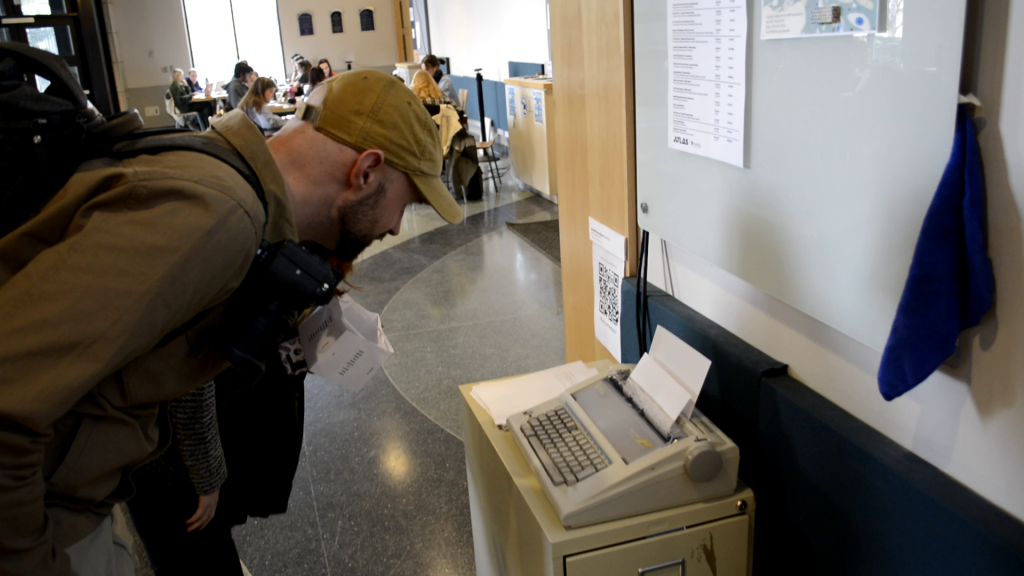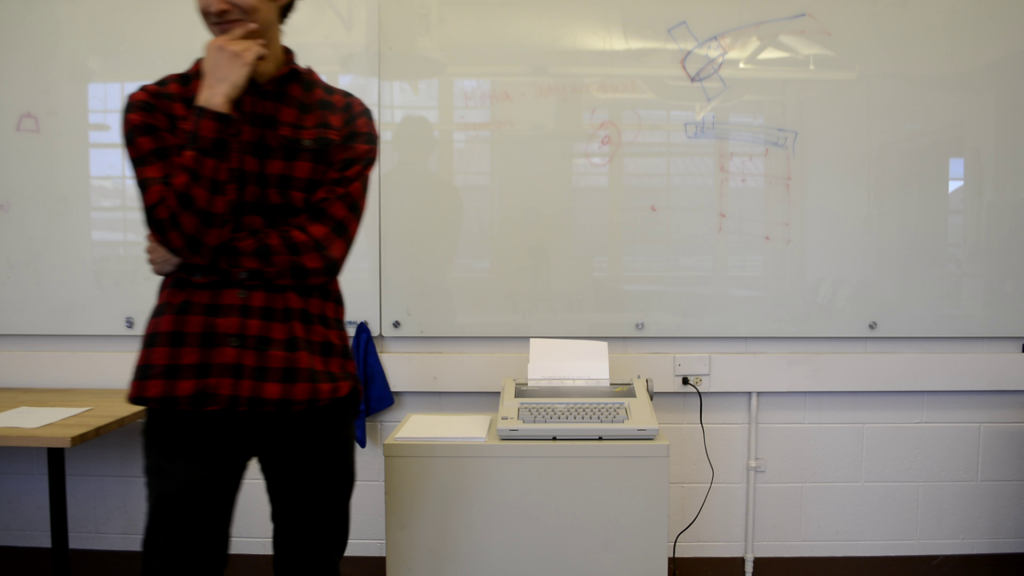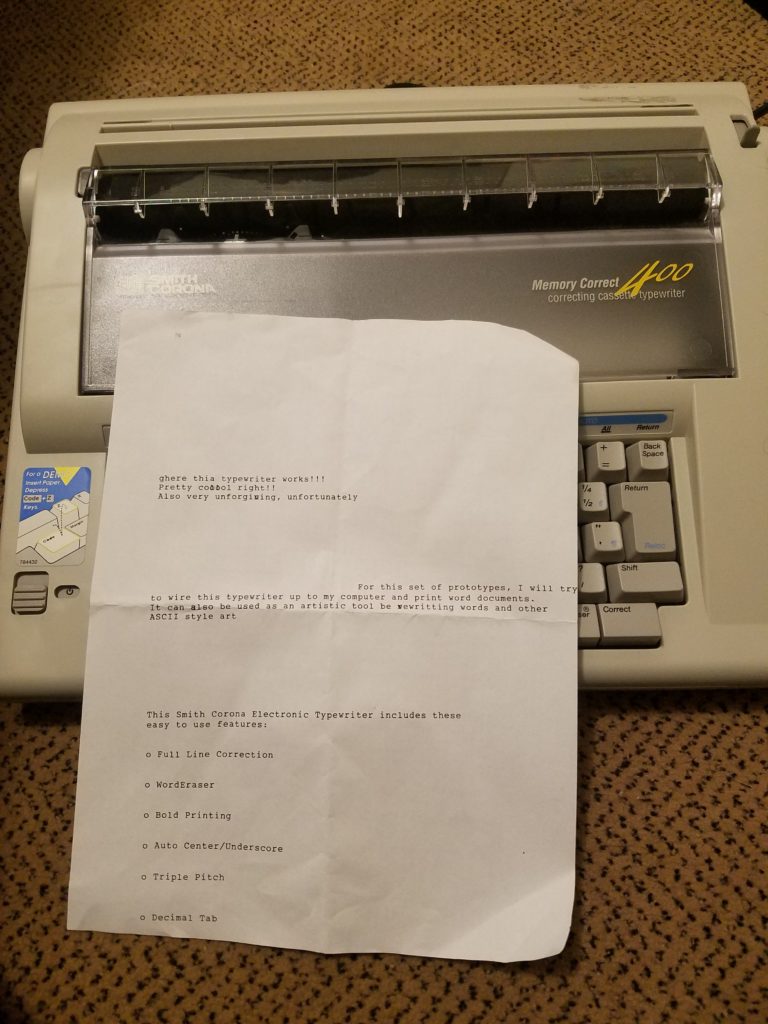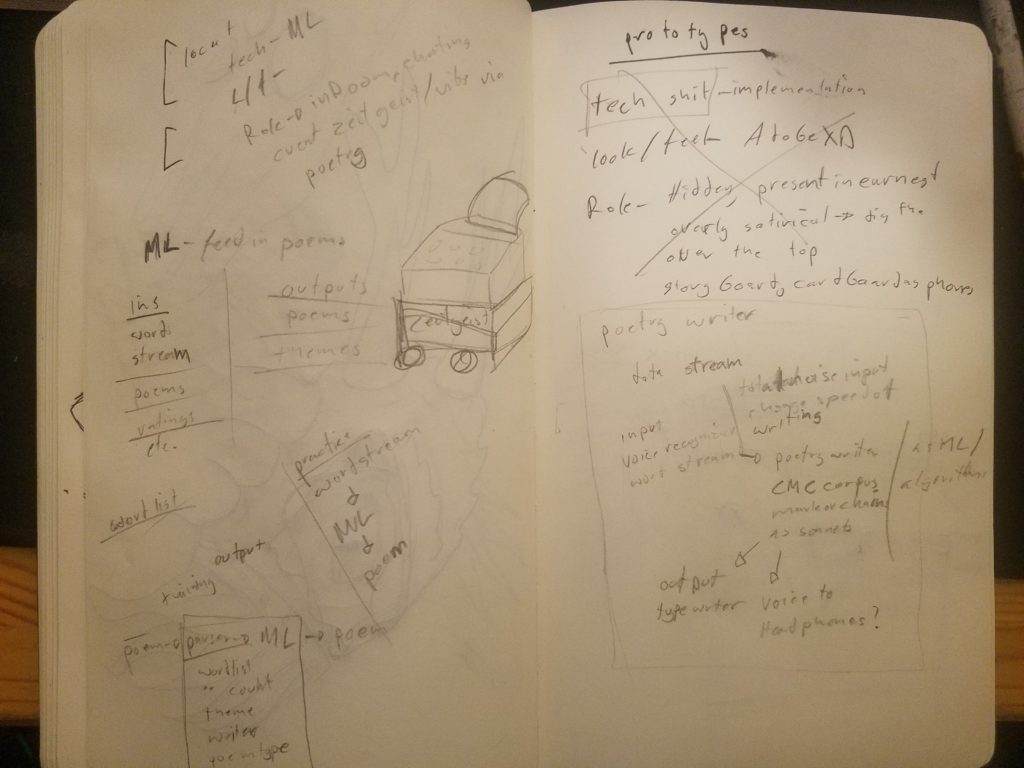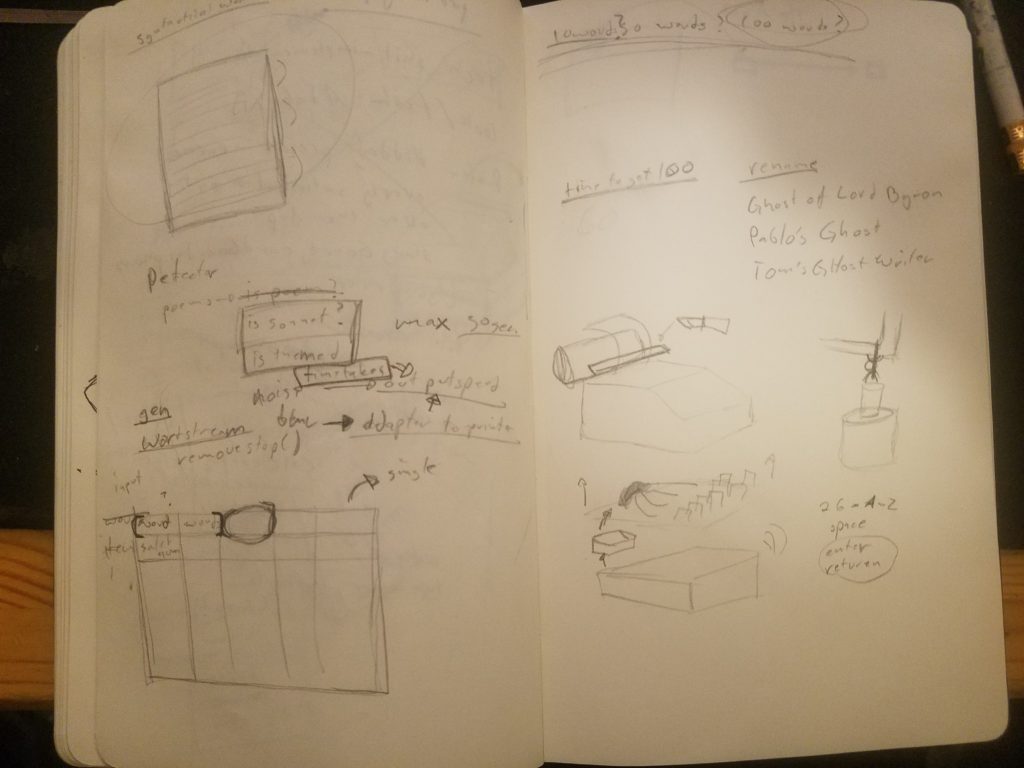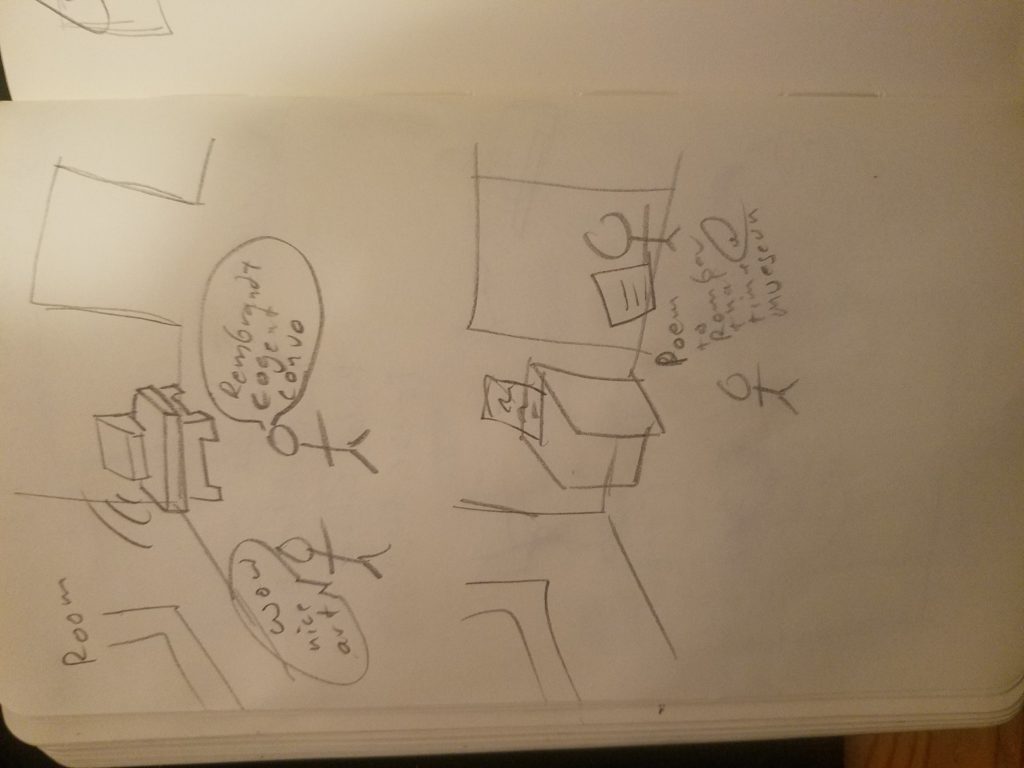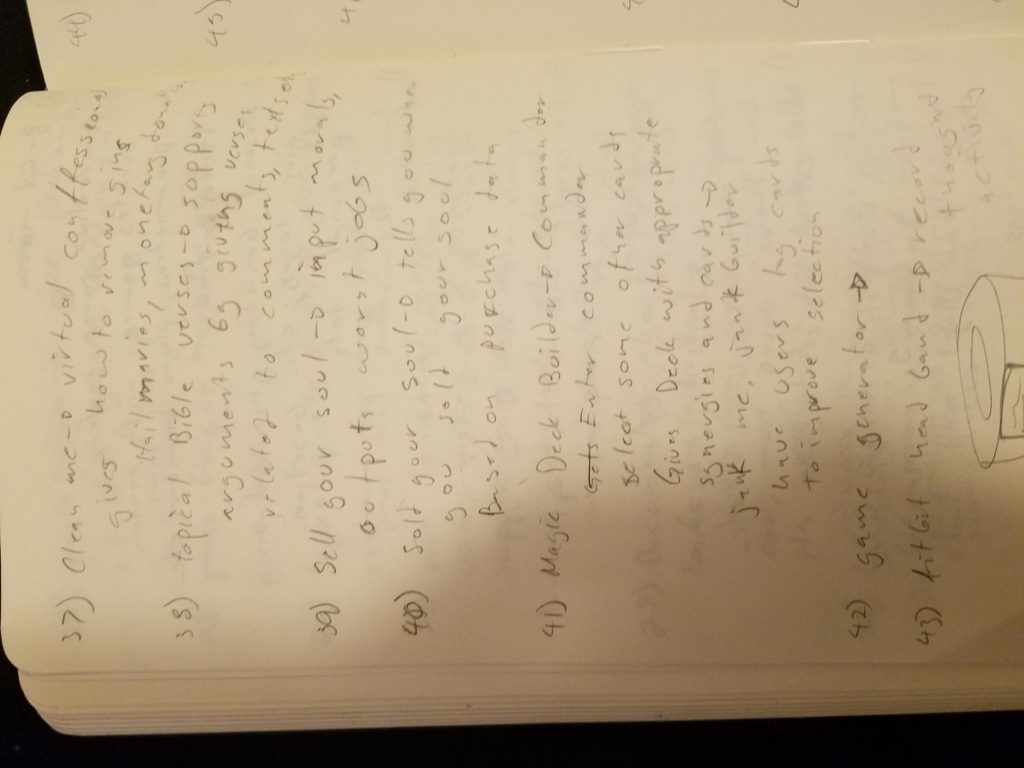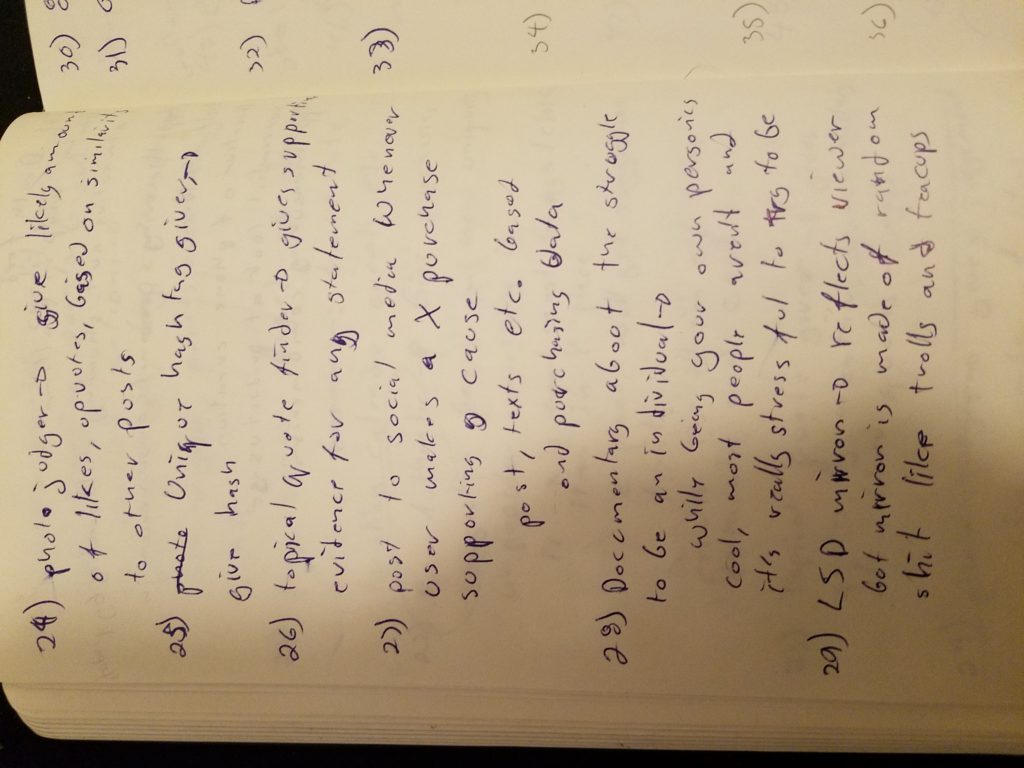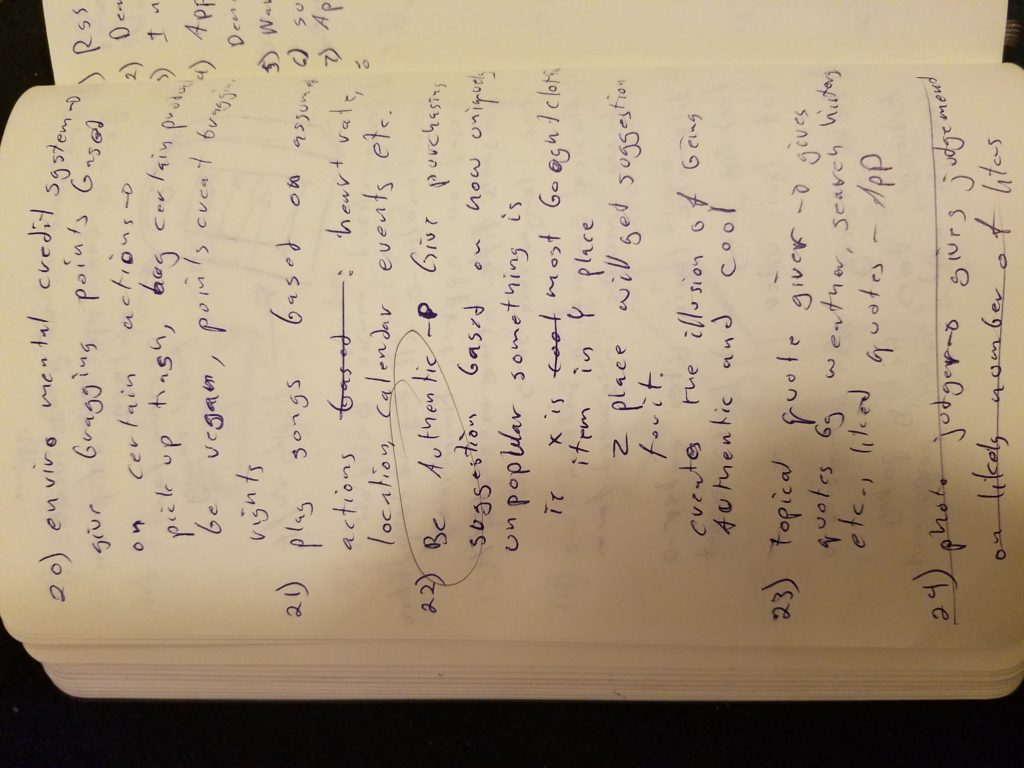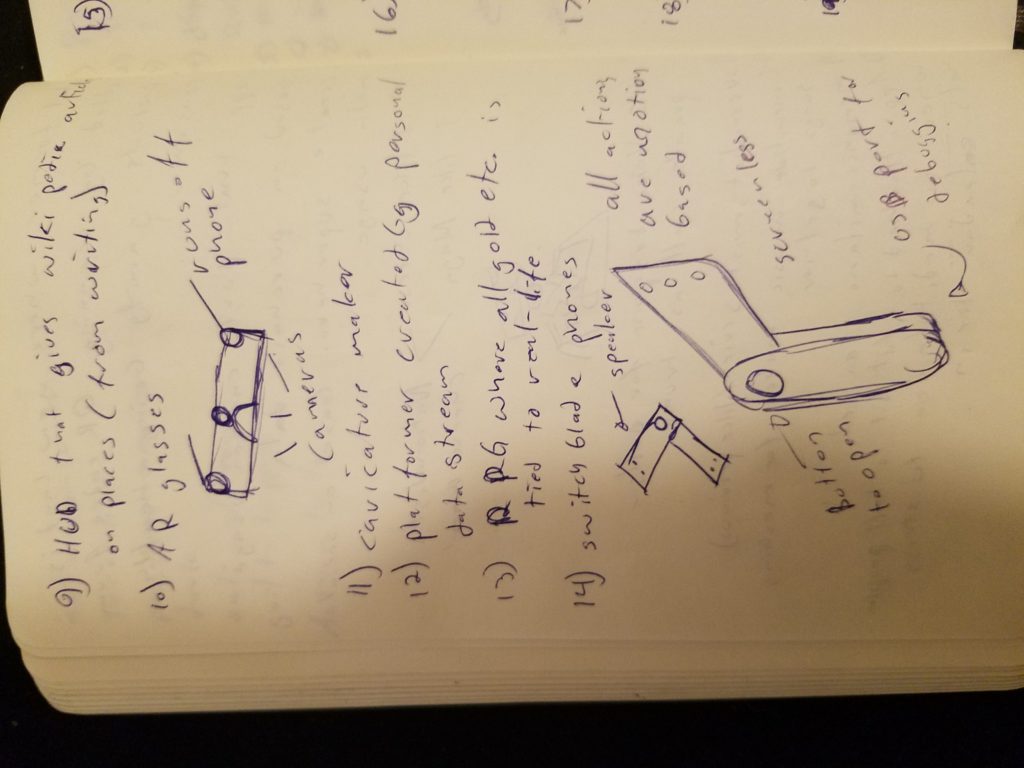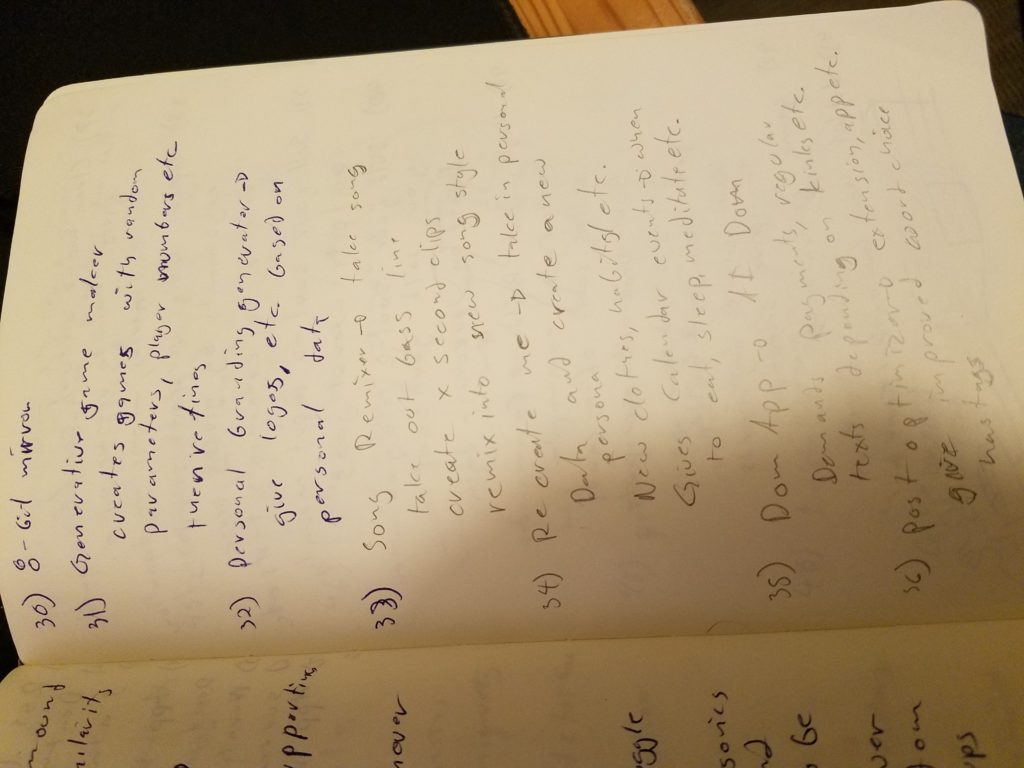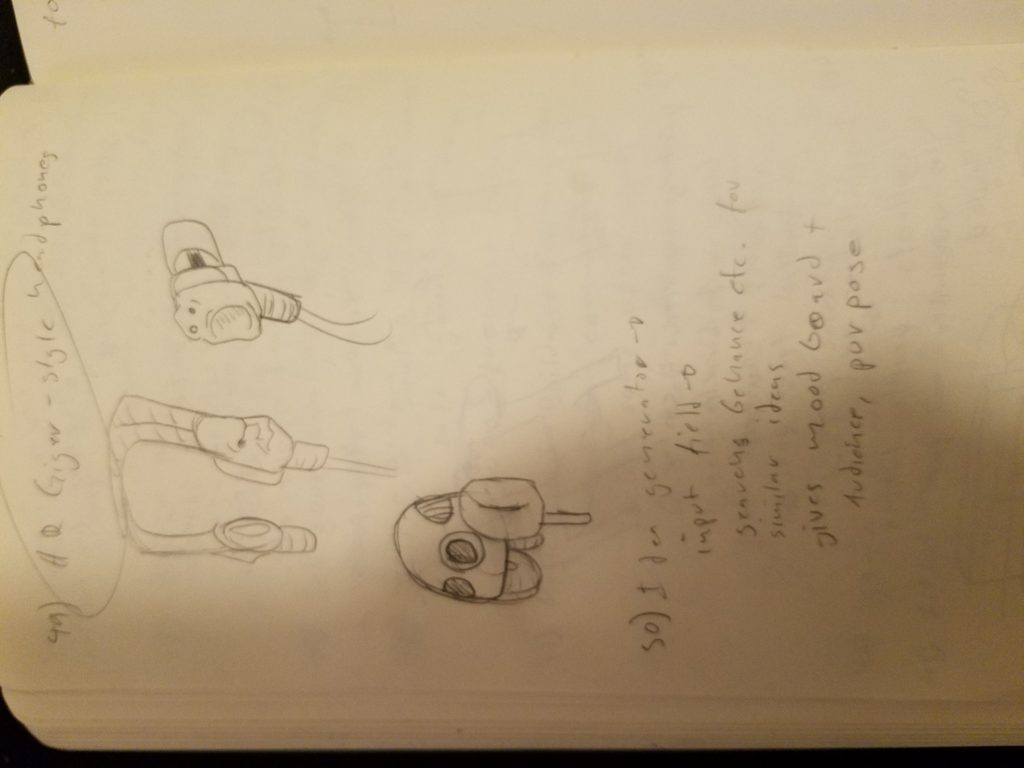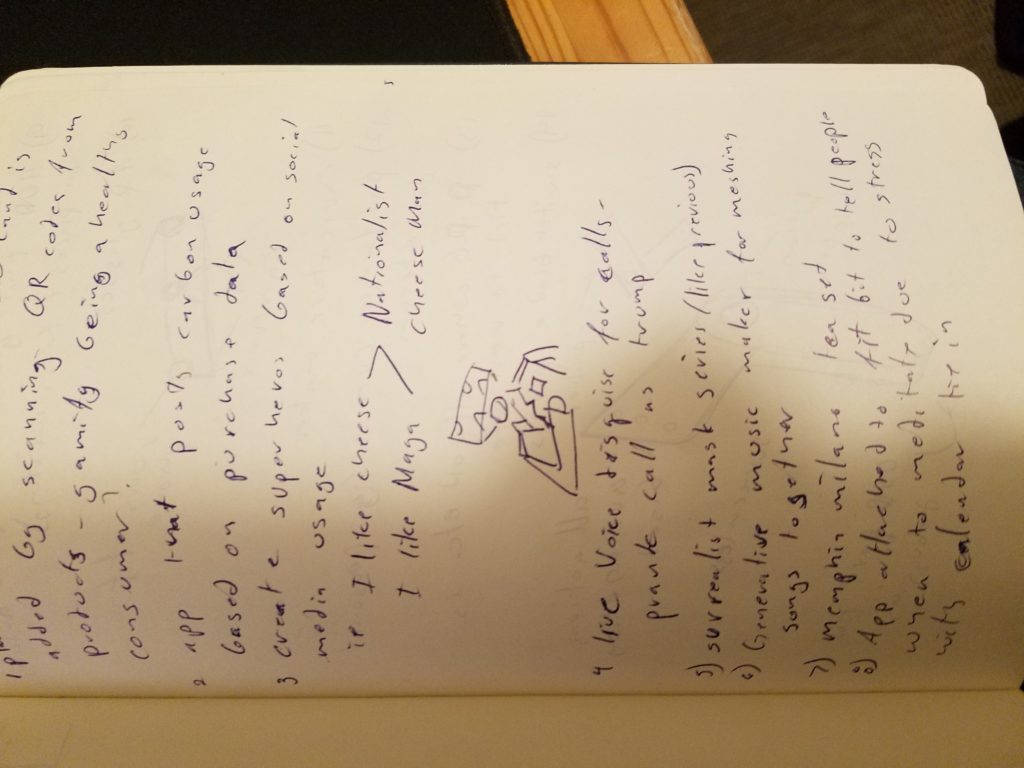An Unbiased Written Review of a Public Exhibition of a Capstone Project as Written by its Creator
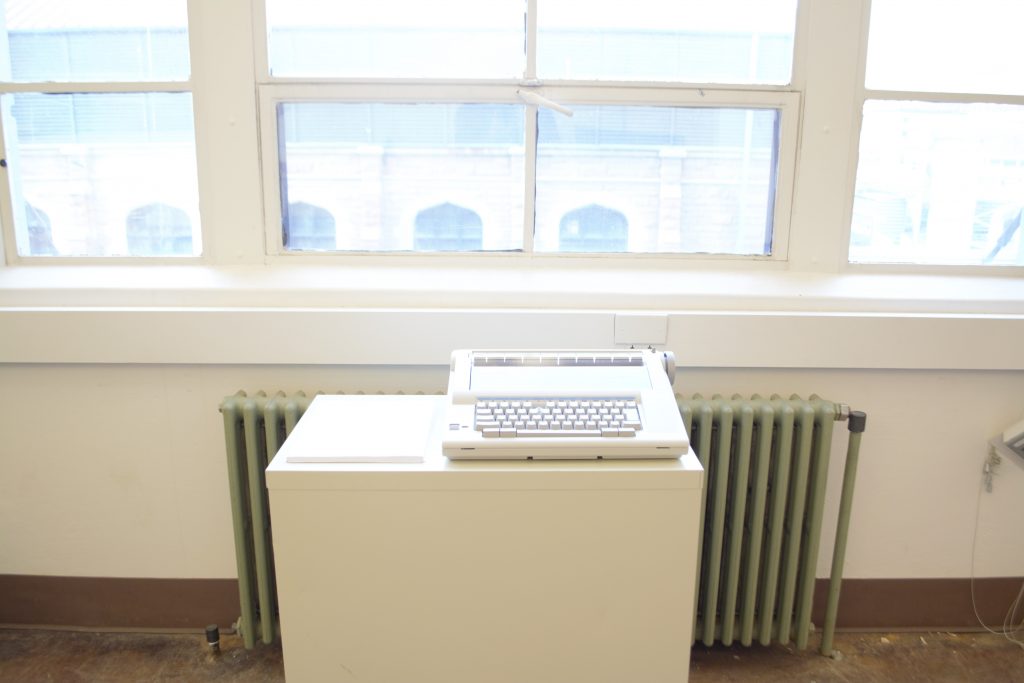
In the same vein as the most famous critics will rave about the paintings of Mark Rothko, poetry critics will someday expound upon the virtuoso poet, Azariah Kierson-Galeano, that was able at the young age of 23 to produce an algorithm that produced poems on the same level as famed haiku author Basho Matsuo. The poems were both enigmatic and surrealist combining the best qualities of the short form poems with a certain Dali-esque flair.
If you are lucky enough to be in the same room as the working Turkish Typewriter prepare to be delighted by the simple, yet tactful selection of words. The project is an ambitious look at how we are monitored in everyday life as well as how our words can be twisted and turned in meaning. There is no better example of subversion in fabricated form yet to date.
Exhibition goers gave such praise as expounding on how the project utilizes the Analog and moves away from today’s heavy saturation of computers whose form lacks function. Praise was also given for the 1980’s storeroom aesthetic, which perfectly encapsulated the viewer’s feelings about monitoring and the surveillance state we are entering.
After users began experimenting with the machine, they quickly took to explain it to other users, who, in turn, spread the news like wildfire. Using focused phrases, users began to move away from simplistic poems and began to utilize concise phrasing to produce works of art aided by the wonderous machine.


